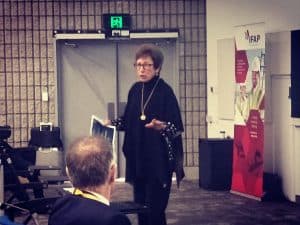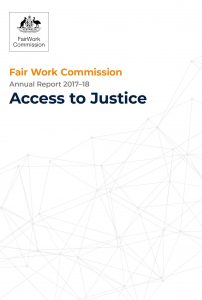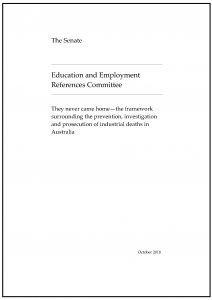
Will the recommendations of the Senate Committee’s inquiry into industrial deaths benefit relatives of deceased workers? Yes, mostly.
It seemed like relatives gained greater access to this Senate Committee than in other inquiries. Some public hearings were held with only relatives presenting. This is a major change. The transcripts of the 2012



 One of the noticeable things about the Australian Senate’s
One of the noticeable things about the Australian Senate’s 
